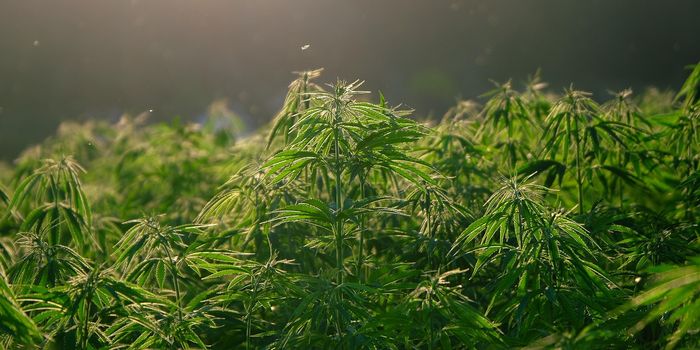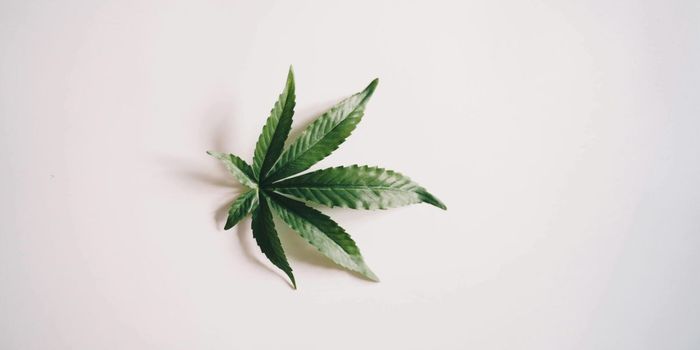Cannabis Linked to Lower Emotional and Cognitive Test Scores in Young Adults

Many studies have linked cannabis use during adolescence and young adulthood to disrupted neurodevelopment, particularly in areas of executive function and emotional control. In the current study, researchers investigated past 6-month cannabis use among adolescents and young adults in relation to emotional and executive functioning.
To do so, they recruited 225 individuals aged between 16 and 22 years old. Participants completed a substance use interview, executive functioning tasks and a test for emotional information processing known as the Emotional-Word-Emotional Face Stroop (EWEFS). In the EWEFS, participants are presented with an emotional word such as ‘joy’ overlaid on an image of a face expressing either the same or a different expression.
Ultimately, the researchers found that greater past 6-month cannabis use was linked to poorer performance in both emotional functioning and list-sorting working memory- an attribute tested by asking participants to recall and sequence different stimuli presented visually and via audio. They also found that those who began regular cannabis use at a younger age scored marginally lower on emotional tests. Sex of participants did not affect performance.
The researchers discussed some limitations to their findings. They wrote that they relied on self-reported cannabinoid potency, and that participants may have been using cannabis with lower tetrahydrocannabinol (THC) potency than in other samples. They also noted that they did not assess cannabidiol (CBD) use, which could be another important factor in cannabinoid-brain-behavior relationships.
“Longitudinal studies which detail patterns of cannabis and other substance use are needed to better assess brain-behavior relationships and test the role that other factors (e.g., age of regular use, sex) play in these relationships,” concluded the researchers in their study.
Sources: Journal of Cannabis Research








